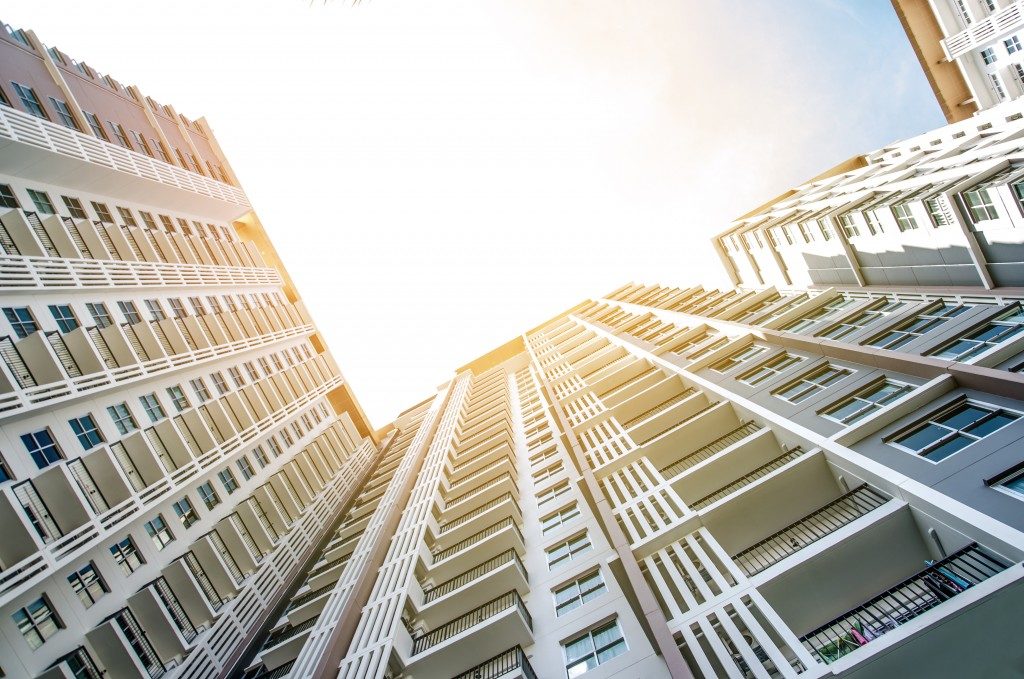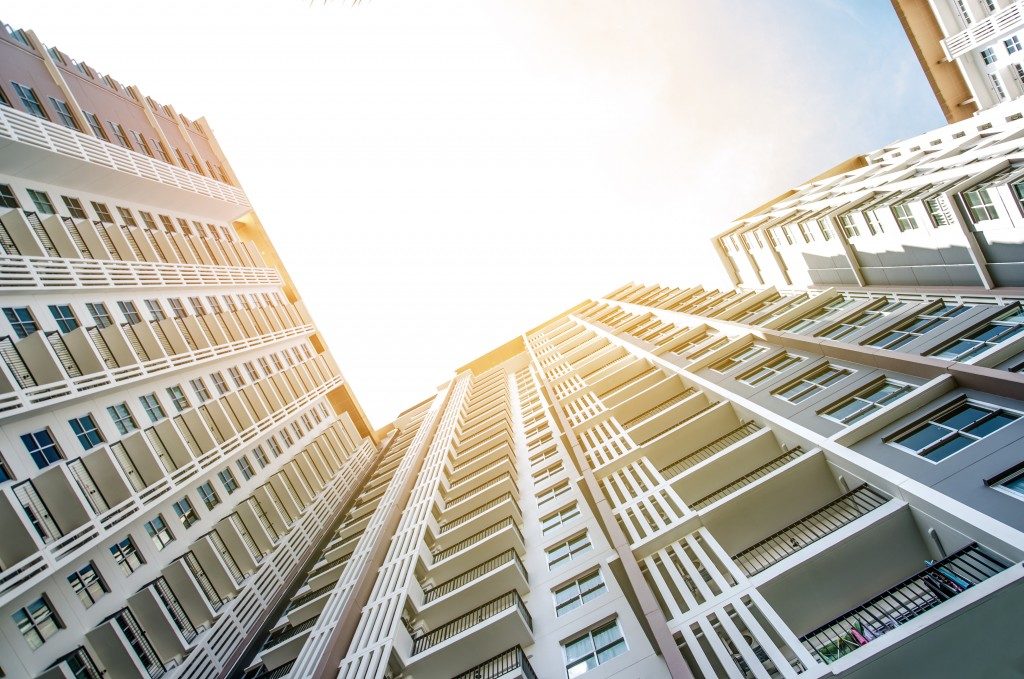Developers can meet the demand for smart and sustainable housing by incorporating sustainable design features and quality materials into homes. They can look to available land for sale as spaces to create these socially, environmentally, and economically efficient structures. Homeowners can benefit from these designs because they reduce energy expenditure and promote safety.
The Goal of Sustainable Communities
Sustainable homes are designed to last. They are attractive to potential homeowners for the high quality of their design and build. Greater demand implies a large market and pushes up a home’s resale value. Such homes are valuable commodities to the population at large.
Thoughtful and sustainable communities can also benefit the country’s growing ageing population. This population may be more inclined to live in a home with additional safety features. Designs and fixture choices can greatly reduce the risk of an injury, allowing homeowners to save on medical expenses and hospital bills. Developers can meet this demand by creating more sustainable residential building designs with quality materials.
Smart and sustainable housing requires specific social, environmental, and economic considerations.
Social Sustainability
Social sustainability involves promoting safety, security, and a universal design. A universally designed home is flexible and suitable for people of varying abilities and at different stages of life. For instance, home plans should be flexible enough to change from having an open-plan design to various separate bedrooms depending on how well it suits a family.
A home may also be more sustainable with a loose-fit design without built-in appliances and devices. This is because technology advances quickly and yet-unknown devices could eventually take the place of older ones. An adjustable design allows these changes to be carried out without the need for major renovation.
Environmental Sustainability
Environmental sustainability refers to water, waste, and energy efficiency. Better plumbing fixtures allow further savings in cost. In addition, well-designed and well-planned construction reduces waste and the need for costly modifications later on.

Homes with energy-efficient systems allow homeowners to save on consumption expenses by reducing the need for artificial heating and cooling devices. Passive design features like orientation, spatial zoning, insulation, thermal mass, shading and glazing, and ventilation provide a home with natural heating and cooling. For instance, good orientation normally means living spaces should face the northern areas of the house to prepare for the temperatures brought by changing seasons. Homeowners can take advantage of maximised use of orientation by being able to use heat and cooling systems less.
Economic Sustainability
The initial design and construction of sustainable houses is smart and cost-efficient. Both initial and future costs can be reduced with smart design principles and construction materials.
Home developers can use cost-effective building materials and economic planning to save on construction costs. They can and should also carefully consider the kinds of fixtures and fittings to include in a home, as energy-efficient equipment allows additional energy cost savings. Better materials can improve equipment longevity and reduce long-term maintenance costs. The ongoing and potential long-term benefits of sustainability far outweigh the initial expenses of creating sustainable designs and gathering cost-effective and smart materials.



